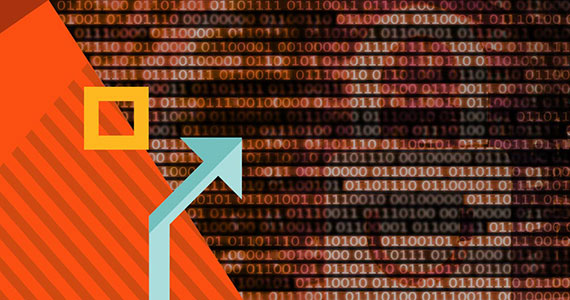How to protect your data from ransomware
Ransomware attacks represent a significant danger and according to Forrester Research, the number of ransomware attacks on enterprises is up 500% over last year, costing businesses in excess of $11.5 billion.
To reduce the risk to the business, IT teams must have a solid solution to recover their systems and data after an attack and the right backup and recovery solution can help you restore the files that ransomware holds hostage. But even backup isn’t enough if the malicious software also has access to your backup files. That’s why it’s important for IT organizations to have backup and recovery software that also restricts your backup data, and other core components, from exposure to ransomware perpetrators.
IT analyst firm DCIG recently explored SME data backup and recovery solutions with prominent anti-ransomware capabilities. The report, entitled DCIG Top 5: SME Anti-Ransomware Backup Solution Profile, explores one of its Top 5 picks: Quest NetVault Plus. This important paper will provide key insights into how to prevent and recover from ransomware.

How do ransomware attacks work?
There are many forms of ransomware, but generally speaking, ransomware is malware that infects your networks and handcuffs the data your business needs to remain in operation. The ransomware encrypts files, and ensures the encrypted data remains inaccessible, until a ransom is paid.
Typically, ransomware comes with some form of instructions on how to pay the ransom being demanded, often via difficult-to-trace cryptocurrencies like Bitcoin, which make it tougher to identify and prosecute perpetrators. Upon payment, ransomware perpetrators claim they will provide you with the decryption keys needed to restore critical data (although there’s no guarantee). Nowadays, ransom demands commonly range anywhere between $1M-$10M. In addition, perpetrators are using new tactics to collect ransom, like threatening to publish personal information or the organization’s data openly if it doesn’t pay the ransom.
How does ransomware get on your computer?
There are various methods ransomware uses to gain access. Some could be classified as “spray attacks,” which attack using methods like phishing emails. The WannaCry ransomware attack exploited a known vulnerability: Eternal Blue. Businesses that didn’t keep software updated opened themselves up to this vulnerability, allowing the malware to gain a foothold in the IT environment. Another well-known example, BadRabbit, infected computers through malware disguised as an Adobe Flash installer. There are even known cases of infected USB flash drives being left in car parks or office lobbies and being picked up by unsuspecting users who plug them into a laptop, thereby infecting their operating systems.
You can explore more about how to prevent ransomware attacks by watching a recent webcast entitled Ransomware — How Protected Are You? The on-demand webcast explores best practices from data protection industry veterans on preventing ransomware attacks, and how data protection technology can help in recovery after an attack.
Gain Powerful Ransomware Protection and Recovery
Conclusion
In the end, even the most prepared organization can’t completely protect itself against ransomware attacks. But you can limit the risks when you have a backup solution that not only allows you to restore all your data quickly and fully, but also:
- Mitigates the risks of ransomware impacting your business
- Reduces the number of core components that can be attacked
- Limits exposure to data capture techniques
- Restricts your backup data from ransomware
- Offers source-side deduplication to reduce the amount of data being sent over a network
